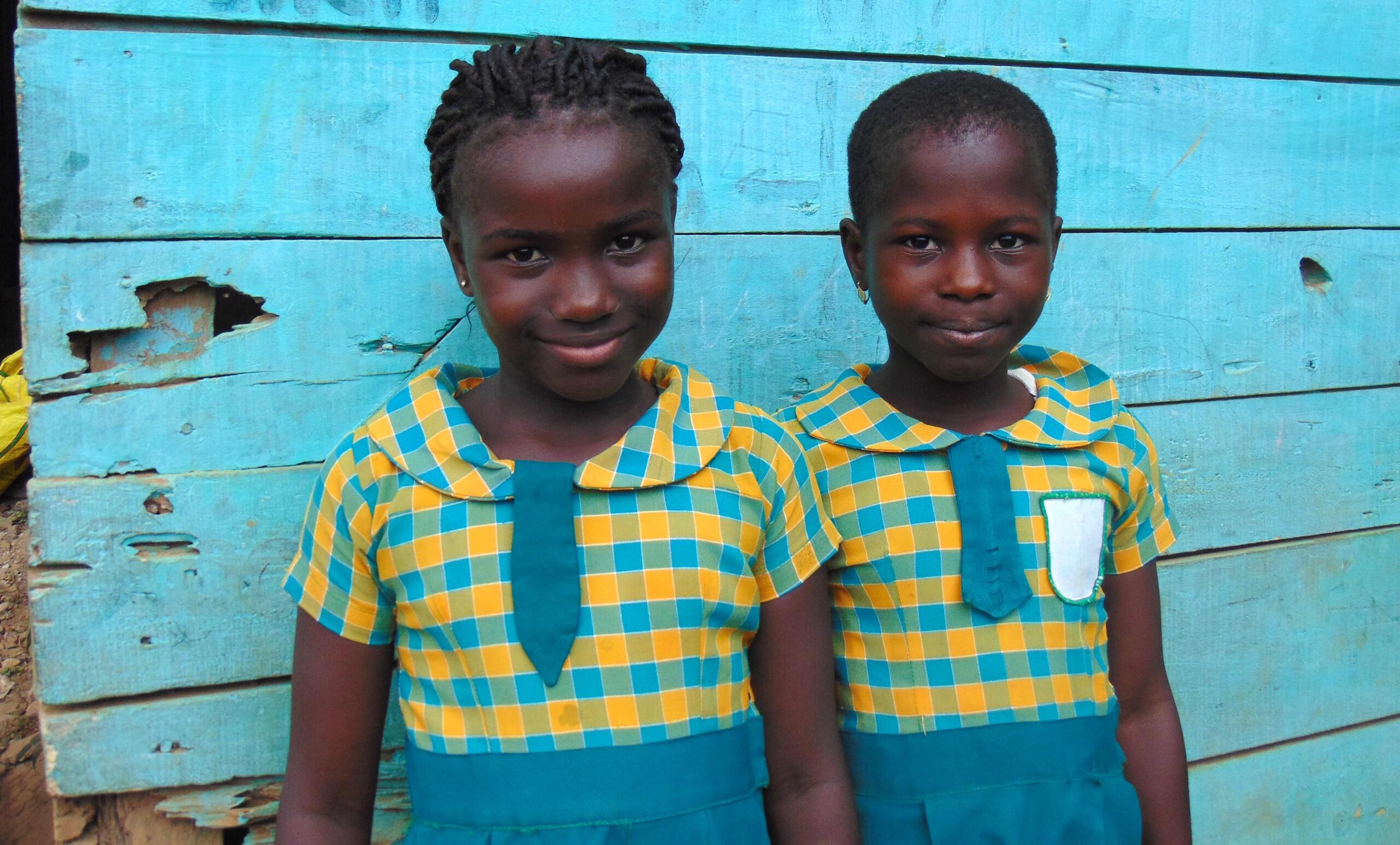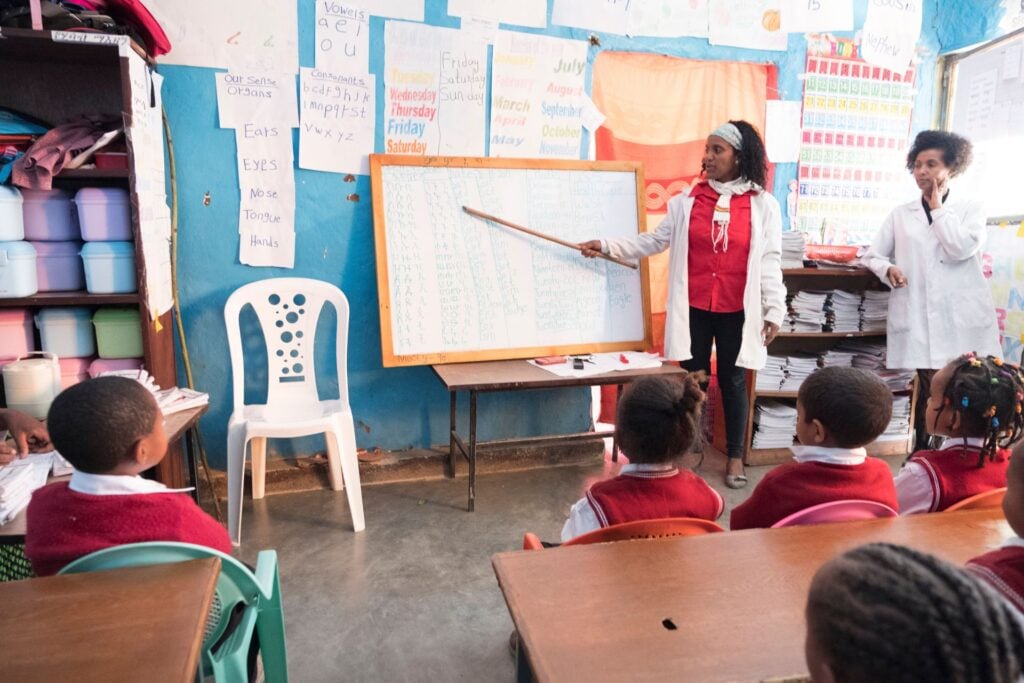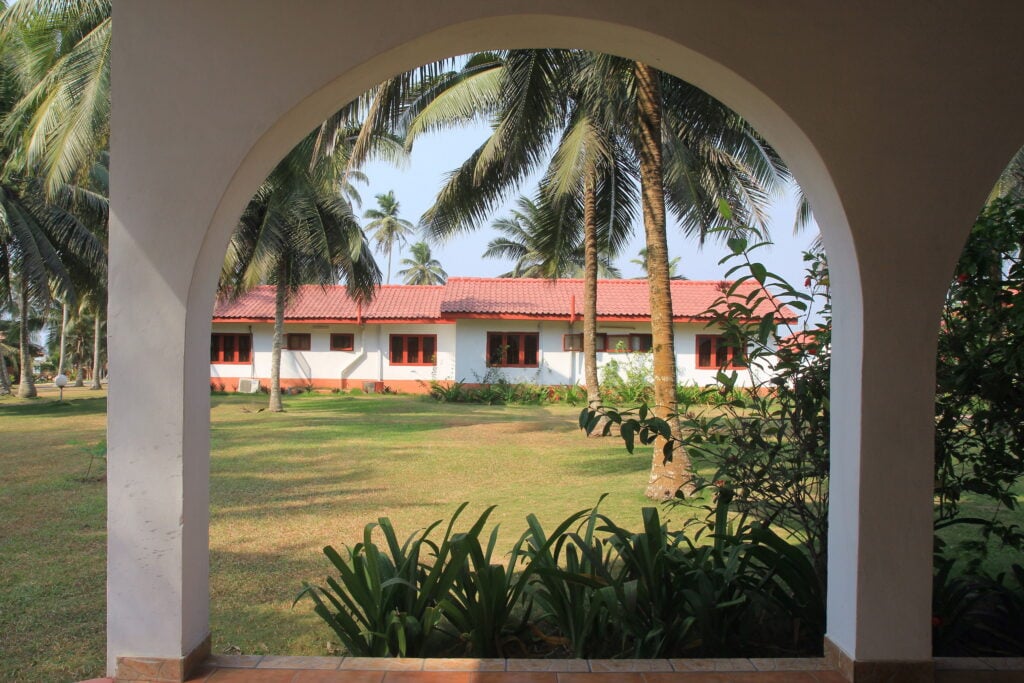On October 11, the world celebrated International Day of the Girl Child. Instated by the United Nations in 2012, this day “focuses attention on the need to address the challenges girls face and to promote girls’ empowerment and the fulfillment of their human rights.”
Background
Around the world, and especially in poor, underserved countries, there is less opportunity to receive a quality education, something many of us take for granted. While the state of education has come far, there is still much progress to be made and girls are feeling the many effects. The World Bank Report Missed Opportunities: The High Cost of Not Educating Girls says, “less than two thirds of girls in low-income countries complete primary school, and only one in three girls completes lower secondary school. On average, women who have a secondary education are more likely to work and they earn almost twice as much as those with no education.” UNESCO Institute for Statistics (UIS) reports that 263 million children, adolescents, and youth were out of school in 2016, and 136 million, or 52%, were girls.
Clearly, there is a disparity in education for girls completing and simply having the opportunity to attend school. Undeniably, there are serious implications for a lack of education in a society; but taken one step further, what are the implications for uneducated women?
Implications of a Society with Uneducated Women
The Global Partnership for Education has done extensive research into educating girls with the belief that the following can occur if more girls had the opportunity to attend school:
- Earning Potential: Compared to women with no education at all, women with an education earn double to their counterparts. Also, women with secondary and tertiary education report higher standards of living: for example, not needing to worry about being able to buy food for themselves or families.
- Child Marriage: Child marriage could virtually be eliminated if all girls completed a secondary education.
- Infant Mortality: A child whose mother can read is 50% more likely to live past the age of five
- Maternal health: Mothers are more likely to avoid early death, specifically in childbearing, when they complete primary education.
Many of the organizations who have researched these statistics are pushing hard for more foreign aid to achieve universal education because they can see the implications on a society without equal opportunity to attend school for girls and boys.
However, getting girls into school is not the final solution. One will quickly find that children who attend public (government funded) schools in resource-poor countries and neighborhoods leave sixth grade without being able to read, write, or do basic math. Additionally, while public education is advertised as free, parents still have to pay for uniforms, books, and various other fees.
Our Solution
Edify believes a quality education is an important piece to creating change in a country, second to the transforming power of the Gospel. Therefore, Edify works to help provide a quality education to girls and boys around the world. The low-fee independent schools that Edify partners with enroll just as many girls as boys. That is because parents, teachers, and proprietors know that Christ-centered education is the best way to rise out of the cycle of poverty and transform their communities. They are willing to pay the reasonable school fees because they know they are learning critical thinking, leadership, and technology skills. As students are transformed, they become leaders who will develop their country into a flourishing Godly nation.



